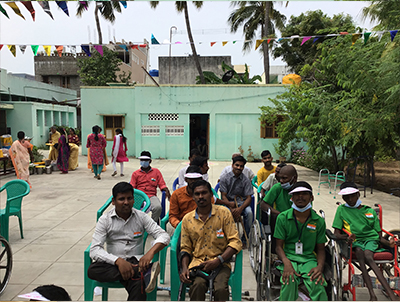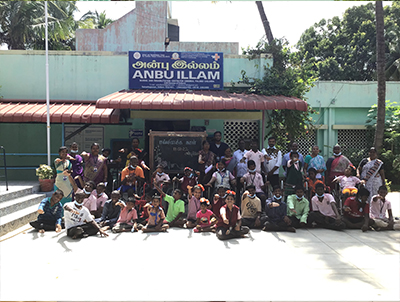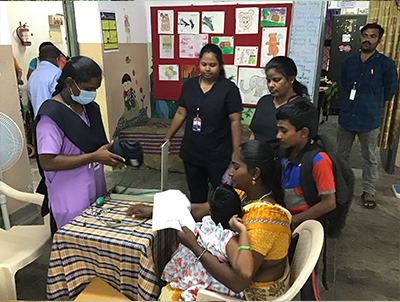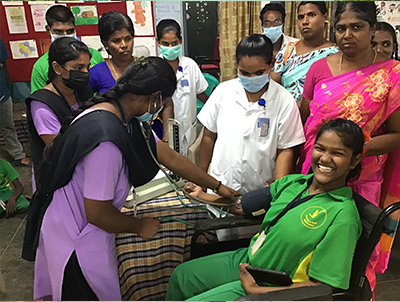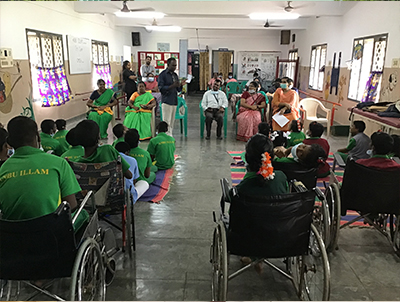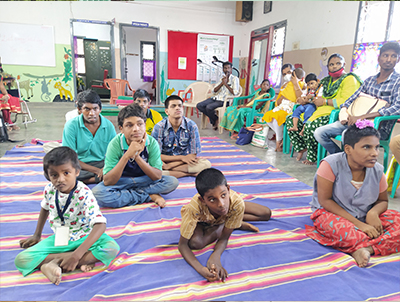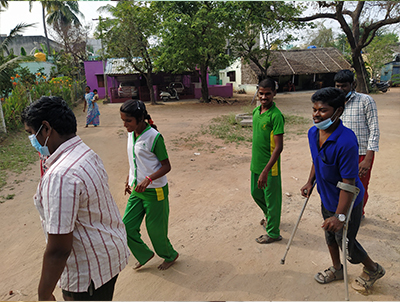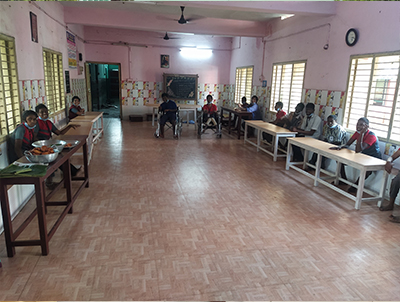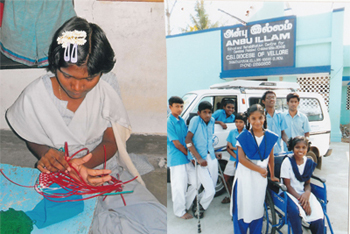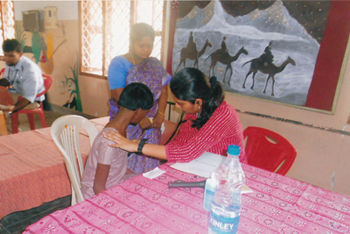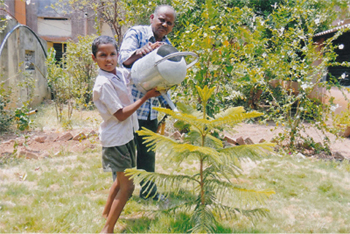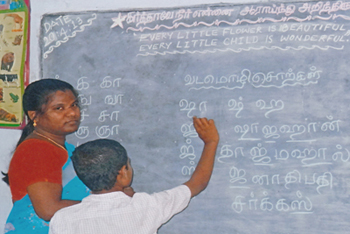ABOUT CEREBRAL PALSY
Cerebral Palsy (CP) was first identified by English surgeon William Little in 1860. CP is a disorder that affects muscle tone, movement, and motor skills (the ability to move in a coordinated and purposeful way). CP is usually caused by brain damage that occurs before or during a child's birth, or during the first 3 to 5 years of a child's life.The brain damage that leads to cerebral palsy can also lead to other health issues, including vision, hearing, and speech problems, and learning disabilities.There is no cure for CP. But treatment, therapy, special equipment, and in some cases, surgery can help a child who is living with this condition.
Diagnosing Cerebral Palsy
CP may be diagnosed very early in an infant known to be at risk for developing the condition because of premature birth or other health problems. In a baby carried to term with no other obvious risk factors for CP, it may be difficult to diagnose the disorder in the first year of life. In many cases, it is very difficult to diagnose CP until doctors see a delay in normal developmental milestones, which can be a sign of CP. Other signs such as abnormal muscle tone, poorly coordinated movements, and the persistence of infant reflexes beyond the age at which they are expected to disappear are also the risk factors.
Preventing Cerebral Palsy
In many cases the causes of CP are unknown, so there's no way to prevent it. But if you're having a baby, you can take steps to ensure a healthy pregnancy and carry the baby to term, thus lowering the risk that your baby will have CP.
How Cerebral Palsy Affects Development
Kids with CP have varying degrees of physical disability. Some have only mild impairment, while others are severely affected. This depends on the extent of the damage to the brain. For example, brain damage can be very limited, affecting only the part of the brain that controls walking, or can be much more extensive, affecting muscle control of the entire body.Brain damage may lead to associated medical problems in some children such as visual impairment or blindness, hearing loss, food aspiration, speech problems, drooling, tooth decay, sleep disorders,seizures, speech and communication problems, mental retardation and behaviour problems.
Treatment of Cerebral Palsy
Though there's no cure for cerebral palsy, the quality of life in these children can be improved through different form of therapies. The aim of treatment is most often to minimize the disability and to increase the potentialities to the maximum possible extent. Different kinds of therapy can help them achieve maximum potential in growth and development. Once the child is diagnosed with CP, therapy for movement, self-care, education, speech, social and emotional development, and vocational rehabilitation are to be planned out. The treatment is a lifelong process. Physiotherapy programs are aimed at improving their gait and movement, along with stretching exercises to reduce contractures, to maintain muscle tone, bone structure, and prevent dislocation of the joints.
The occupational therapists assesse the child’s abilities and difficulties, and environmental conditions, such as physical and cultural influences, that affect participation in daily activities. Occupational Therapy helps individuals with CP to participate in activities of daily living that are essential to make them less dependent in self-care activities. A family-centred therapy is worked out to address issues relating to sensory, cognitive, or motor impairments resulting from CP that affect the child's participation in self-care, productivity, or leisure. Occupational therapists may also recommend environmental modifications to allow the child to play and learn effectively.Speech therapy helps in controlling the muscles of the mouth and jaw, and helps improve communication. Just as CP can affect the way a person moves their arms and legs, it can also affect the way they move their mouth, face and head. This can make it hard for the person to breathe; talk clearly; and bite, chew and swallow food. Speech therapy often starts before a child begins school and continues throughout the school years.
Special education helps to improve mobility, self-esteem, stamina and independence as well as daily living skills and social skills. Children with less physical disabilities would be benefitted from regular school education. Medication may help in reducing the pain in certain children because of severe spasm or dystonia. In rare cases, surgery may be used for people with stiffness of their elbows, wrists, hands, and fingers as well as for straightening of abnormal twists.Adaptive measures and assistive devices are also helpful in facilitating training and preventing further deformities. |


